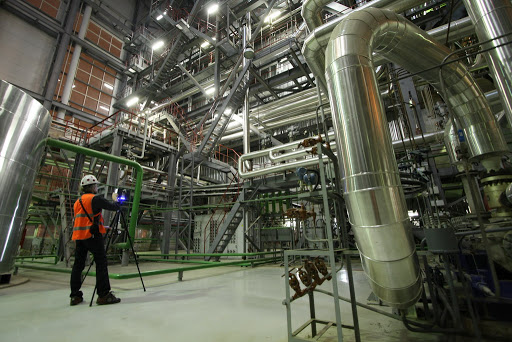
Laser scanning for power plants
Nuclear power has long been a clean dependable source of energy throughout the world. However, as power plants age, concerns grow on their continued reliability. There are many components that make up the infrastructure of a nuclear power plant with the design intent to reduce radiation and contamination exposure to personnel, equipment, and the surrounding environment. One of the biggest sources of this radiation and contamination comes from the vast network of pipes throughout the plant. 3D laser scanning technology can be used in nuclear plants and power plants alike to inspect internal and external systems. At Hive Virtual Plant, we can utilize our 3D laser scanning technology to assist plant operators with numerous applications. In this blog, we share some information about laser scanning for power plants.
Click here to learn more about our services at Hive Virtual Plant.
3D scanning can help the engineering team in a power plant
3D scanning has the ability to accurately capture everything that is seen in any particular location, including structural steel, ducting, and even small stuff like lights and handrails. It provides engineers a “digital twin” to refer to. Within this digital plant, they can look around, take measurements, and even create 3D models and 2D drawings that can be used to support specific projects. We can also create these types of useful items for you should you need that service. The resulting CAD drawings and models created from 3D scans will put your engineers’ minds at ease knowing that they are working with current information and they can design with confidence. This is critical for minimizing interferences and choosing the optimal and least invasive locations for new or retrofit equipment.
What is the process of 3D laser scanning in a power plant?
3D laser scanning works by capturing a 360-degree sweep of all nearby equipment in a single scan. By merging multiple scans, sections of the plant may be captured in a single day. Highly congested areas can be scanned in this manner. 3D scanners are capable of taking measurements accurate to 1/4” from a distance of 100 meters or more, resulting in accurate as-built data. The ability to capture measurements from a distance can increase safety and reduce scaffolding expenses. The resulting 3d scans provide a wealth of data from which can be extracted CAD model, panoramic imagery, ortho-images, and other useful aids to your projects. The process can be summed up into the following steps:
- Identify the scanning scope area
- Capture a series of scans
- Merge the scans
- Align the scans with plant coordinates
- Produce a 3D cad model or other desired deliverable.
Can multiple scanners be used?
Yes! Hive Virtual Plant can utilize a technique called swarm scanning, where multiple scanners are used simultaneously to rapidly capture the area. Different types of scanners can be utilized to take advantage of their strengths. For example, a Leica P30 may be used outside, and an RTC360 may be used inside. We can scan anything from very small plant sections to large plants. Large scanning projects are made manageable through the use of coordinate systems and breaking the big scan into smaller parts.
For more information about how laser scanning can be used in power plants, we recommend that you continue browsing through our Hive Virtual Plant website. Click here to find our contact information or speak with a representative.
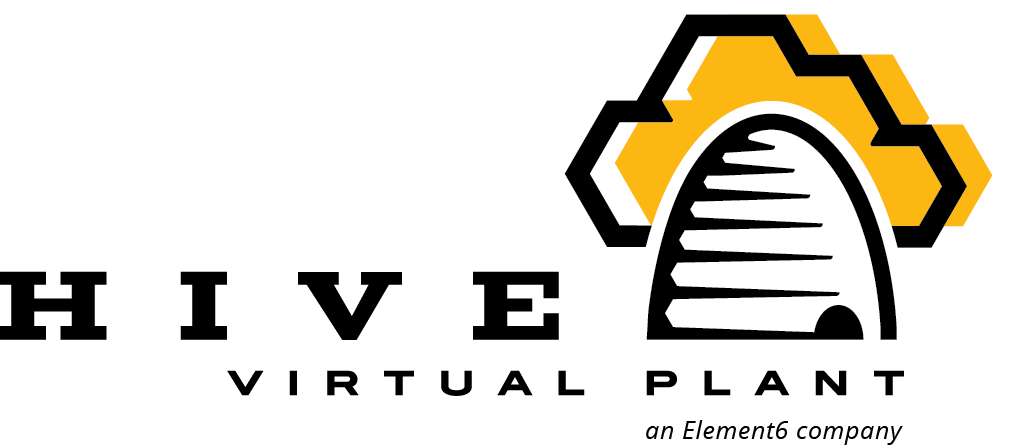
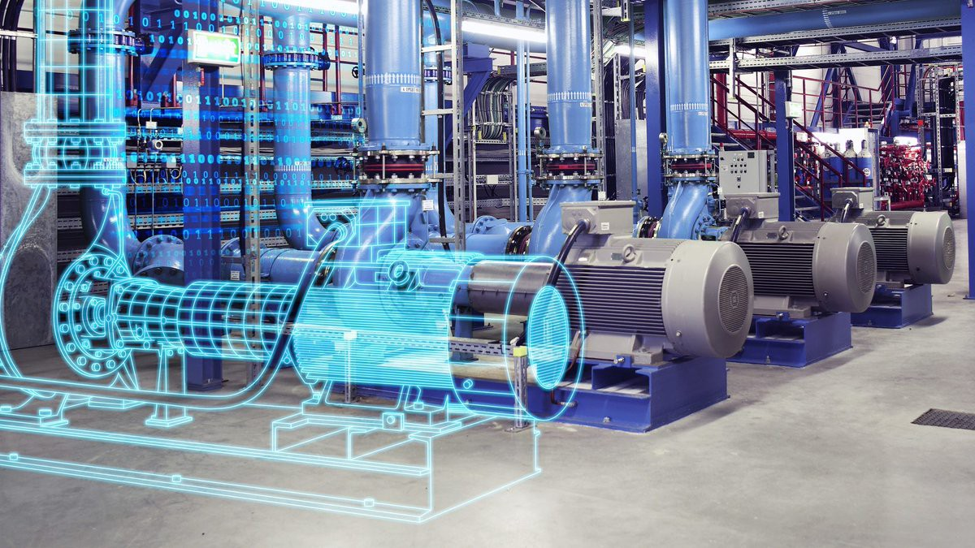
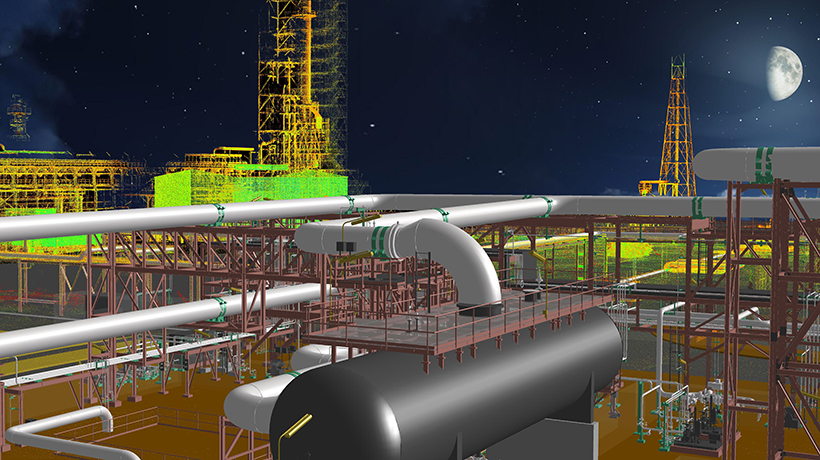
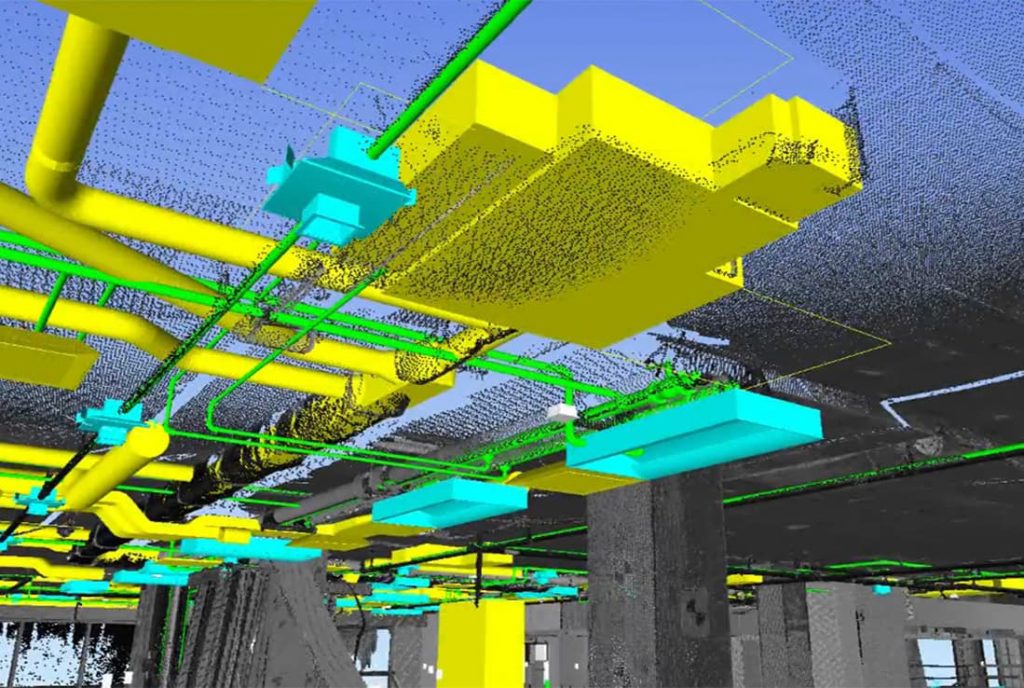
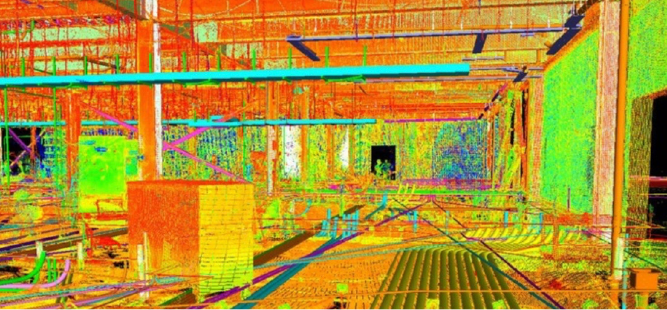
About The Author: Rob Jickling
More posts by Rob Jickling